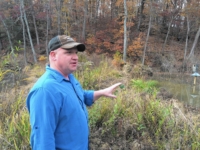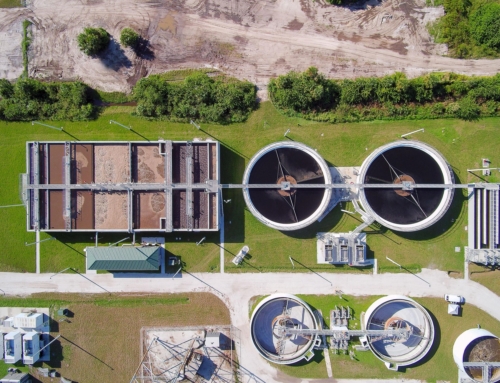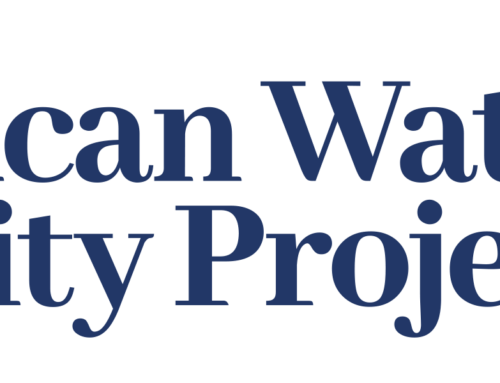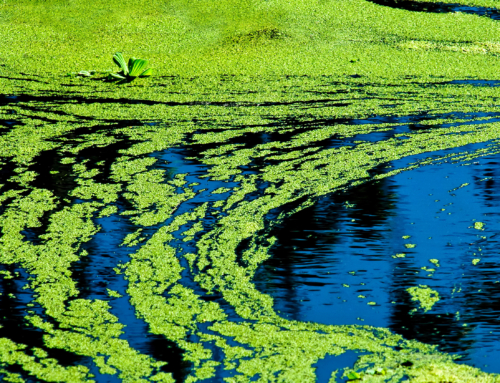Clean Waterways Act Great for Florida’s Estuaries
In every estuary in America with a story of redemption, the road back to clean water started with prioritizing wastewater and stormwater infrastructure investments. Such an approach is proving successful throughout the Chesapeake Bay, Raritan Bay, and Delaware Bay regions, where I work in restoration, as well as recovering coastal waters like Puget Sound and the Columbia River Estuary. Florida’s two best estuary restoration success stories, Tampa and Sarasota bays, are prime examples of where essential seagrass meadows returned to 1950’s acreages only a few years after 1980’s investments in modern sewage treatment systems dramatically reduced chronic discharging of sewage into public waters.

Kirk Mantay, AWSP Board Chair
On the other hand, Florida’s 156-mile-long Indian River Lagoon (IRL) presents a tragic example of what happens when we don’t prioritize wastewater and stormwater investments in restoration strategies. The IRL receives constant inputs of sewage pollution even though the Indian River Lagoon Act of 1990 mandated: 1) the end of surface dumping of secondarily treated effluent, 2) conversion of wastewater treatment facilities to tertiary treatment, and 3) conversion of septic tanks in the IRL watershed to centralized collection and advanced treatment.
The latter two objectives were never achieved by the local municipalities and neither the St. Johns River Water Management District (SJRWMD) nor the Florida Dept. of Environmental Protection (FDEP) have enforced the IRL Act to properly restore water quality in the most species diverse estuary in North America. Restoration experts around the country have scratched their heads while officials allow the sewage pollutionto flow into the IRL unabated. In the meantime, years of potential progress and limited restoration funds were wasted on mostly cosmetic projects that distracted from the region’s gargantuan poop problem.
Thankfully, the Florida legislature has worked diligently over the past two sessions to craft legislation that will significantly improve water quality in estuaries and other ecosystems around the state. Senator Debbie Mayfield (R-Indialantic) introduced Senate Bill 712, the “Clean Waterways Act,” and Rep. Bobby Payne (R-Palatka) introduced a House version called “Water Quality Improvements.” Both contain strong provisions that will result in concerted efforts to address and prevent pollution from wastewater and stormwater, as well as provide the DEP with tools to address other sources of pollution.
One of the best provisions includes reporting requirements as well as mandatory maintenance and improvement plans that will deter municipally owned utilities from diverting utility revenues and savings to pay for other unrelated government services. Instead, the reports and plans will create roadmaps for the utilities to expedite repairs and improvements that prepare them for population growth and the impacts of climate change on the effectiveness of wastewater/stormwater infrastructure.
Septic tanks pollute and contaminate by design. Thankfully, both pieces of legislation also transfer the regulatory authority of septic tank permitting from the Dept. of Health to the Dept. of Environmental Protection, the agency directly responsible for reducing nutrient pollution. And, they would create a wastewater grant program that would allocate funds for significant septic-to-sewer upgrades, and other improvements of existing infrastructure around the state.
The Senate also provided a separate grant funding opportunity for improving wastewater infrastructure in rural areas of the state. This provision is essential if Florida is to prevent sprawling development that relies on polluting, contaminatingseptic tanks. On the other hand, extending wastewater utilities into developing areas promotes thoughtful planning for growth management and sustainable water supplies while eliminating the inevitable pollution and contamination of ground and surface waters by septic tanks.
Perhaps most importantly, Governor DeSantis and the legislature are serious about supplying the resources to clean up our waterways. Appropriations packages proffered by the House and Senate provide funding for additional DEP personnel to enforce non-point pollution sources. Funding for restoration, repairs and improvements represent record numbers for the state. Though the House and Senate appropriations bills haven’t yet been reconciled, about $500 million will likely be appropriated for wastewater-related projects, the number for stormwater improvements is only slightly lower, and the funding for Everglades Restoration is $650 million.
We now call on House State Affairs Committee Chairman, the honorable Blaise Ingoglia (R-Hernando), to agenda the House companion bill (HB 1343). Time is running out to get the bill through the committee stops, reconcile the bills, and get them tothe floor. If passed, the provisions will dramatically benefit the growing number of estuaries and other water bodies around the state being polluted by wastewater and stormwater, among other sources.
Kirk Mantay is a certified Professional Wetlands Scientist, the Executive Director of the Green Trust Alliance and the the Chair of the American Water Security Project. He leads the organizations in key practice areas including wastewater/stormwater policy, coastal resilience projects, and habitat restoration. Mantay has led programs and initiatives in this field since 1997.





